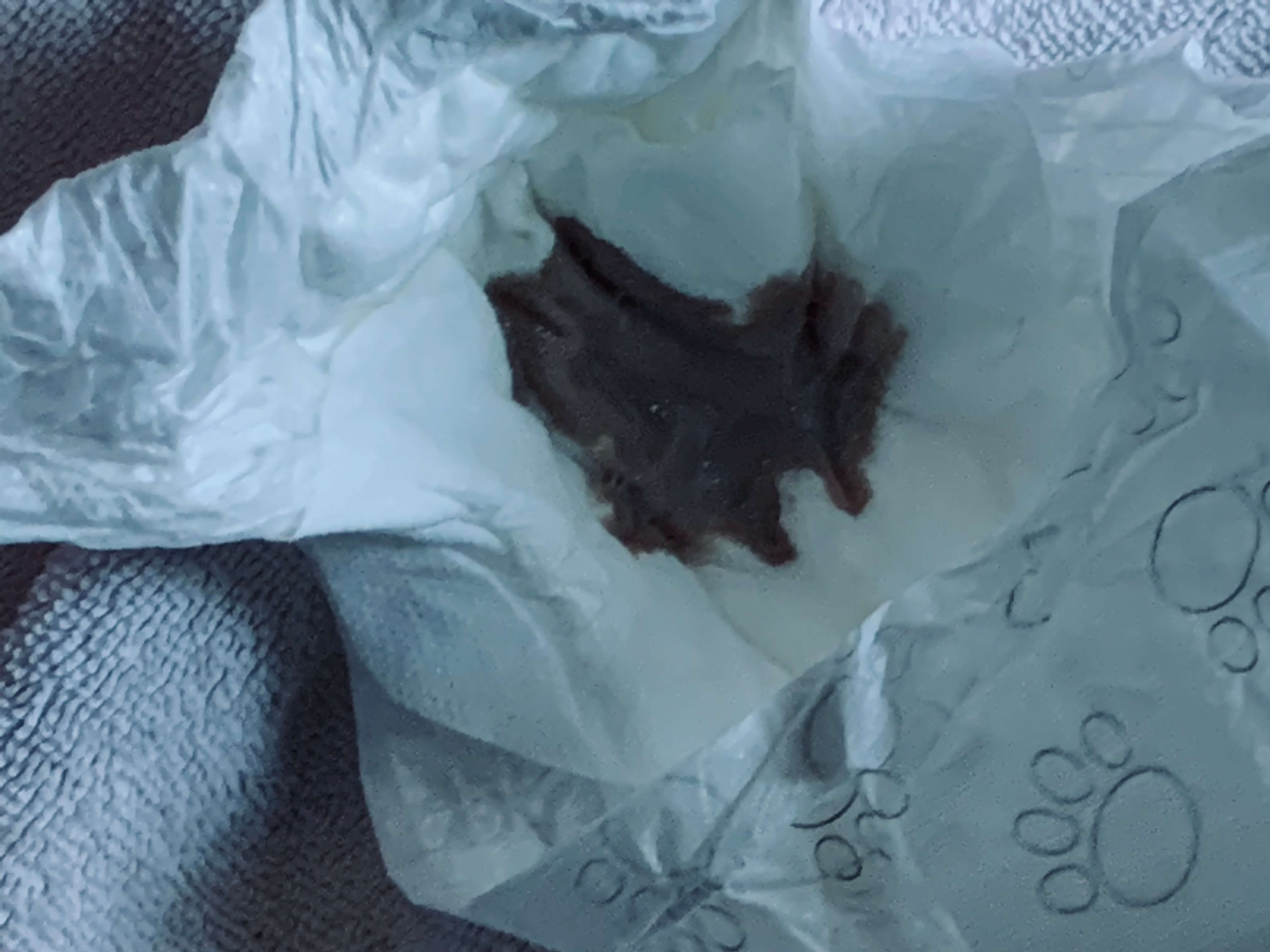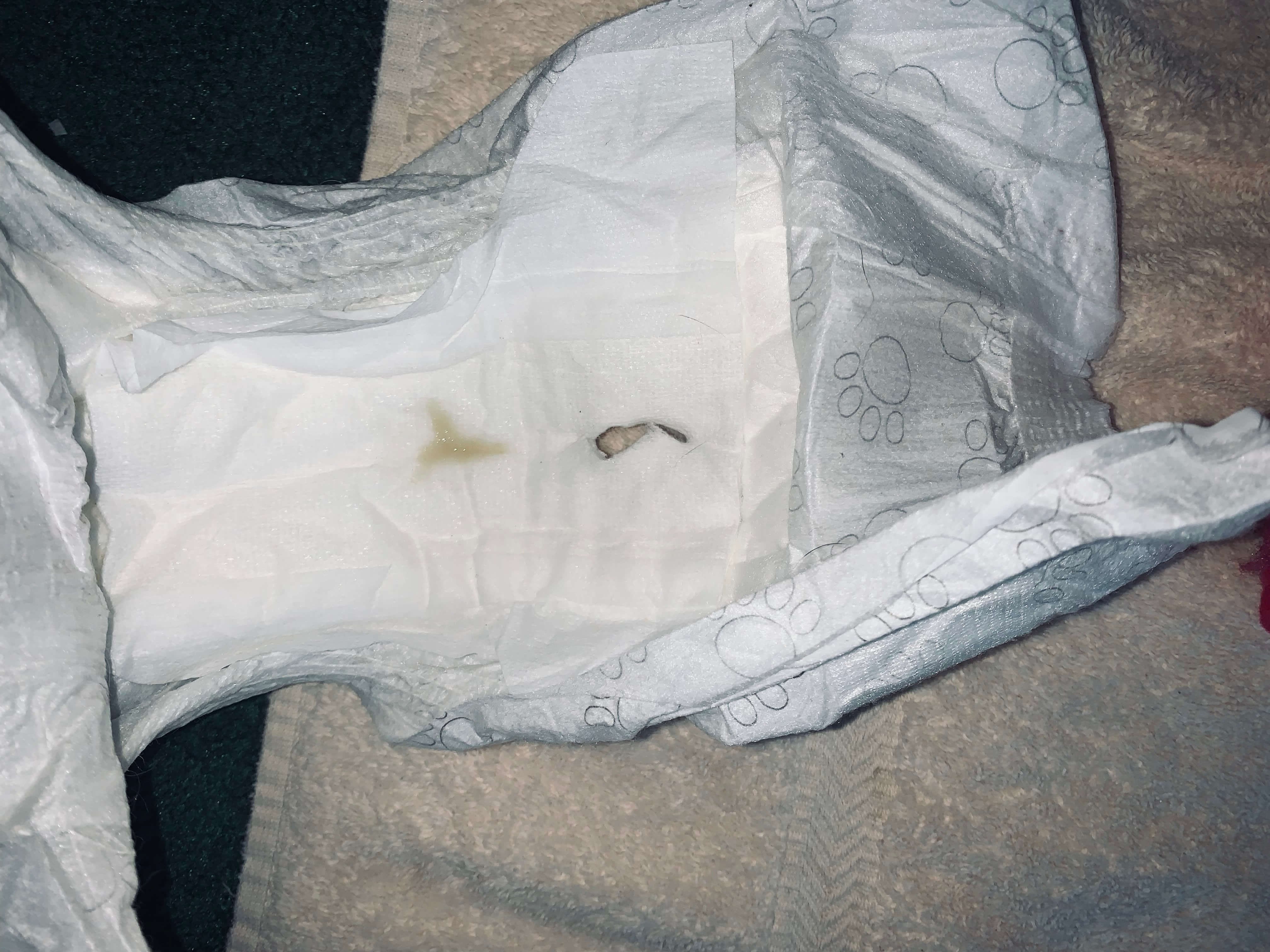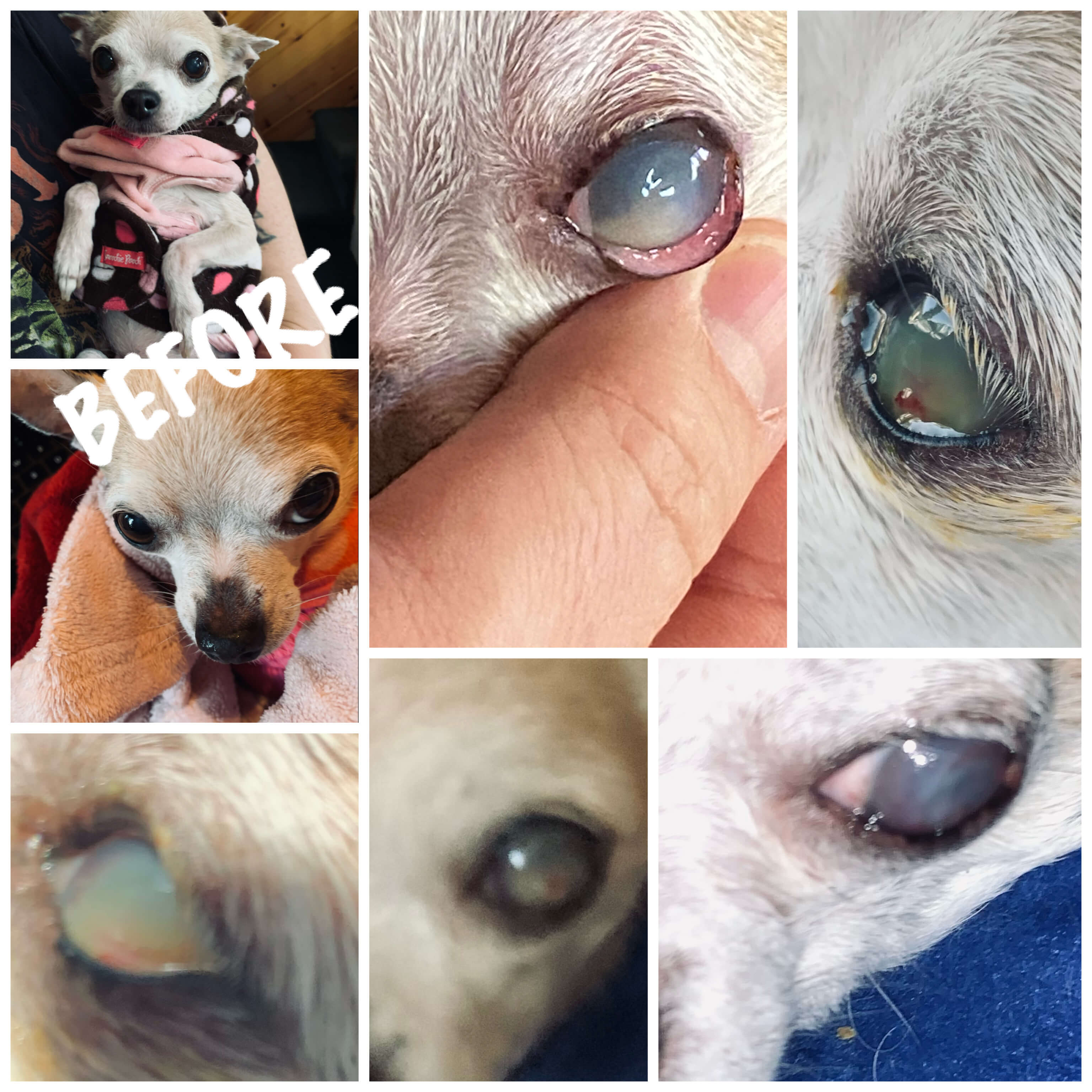Pyometra may occur in female dogs and is most common in elderly dogs. Do not wait and delay treatment if you suspect your female dog is dealing with this deadly disease!

What is Female Canine Dog Pyometra?
Pyometra typically occurs a few weeks after the last menstrual cycle ('estrus'). A female dog can incur this illness after going through many years without pregnancy. The female canine uterine wall experiences changes that cause this disease.
Symptoms of Female Canine Dog Pyometra
Typical symptoms of pyometra include sudden changes where your dog may start to feel unwell, involving signs such as vomiting, decreased food consumption, refusal to eat, lethargy, falling over, heavy panting, fever, inability to walk, increased thirst, and frequent urination.
There are two types of pyometra, closed and open. A dog suffering from this disorder may appear to be uncomfortable and distant because pyometra is incredibly painful. While female cats can contract pyometra, is it not nearly as common as it is in female dogs.

Our Story About Female Canine Dog Pyometra: A Silent Killer
If you see your female doggie suffering from these types of symptoms, it is important to act fast without hesitation that the symptoms are due to old age, and your dog just might be time to leave the earth plane. Please note that this article does not contain medical advice and that you should consult your veterinarian for such an emergency.
We, the founders of Assuaged, Thane and Cynthia Murphy, personally experienced dealing with this deadly disease, and our female doggie Dolly who is 16 years old, almost died from pyometra.
Dolly is a pleased and healthy female dog; she is not given on-demand kibble either. Movies like PetFooled are very informative on how toxic many pet products on store shelves are. Our three furry friends have an on-demand chef, and unfortunately, they are not vegan; we tried a few years ago, and it did not work for them; we only experienced decreased health.
So in the mornings, they will get some bites of fresh salmon, some sunflower seeds during the day, and then at night, they get fresh chicken breast or some type of organic pasture-raised meat. We do not feed them pork, eggs, or dairy. However, in situations such as our doggie having pyometra, we did factor some of those ingredients into Dolly's diet to save her life.
Over a month ago, our younger female doggie Daisy went through her normal period menstrual cycle. So as we do twice every year, we whip out the diapers and diaper garments and allow her to bleed during her normal cycle until she is complete. Neither of our female doggies is spayed; however, our male dog Duke is spayed.
He was spayed about 8 years ago because his testicles never ascended from his abdomen, so we were forced to have him spayed due to health concerns. Female hysterectomies in humans are dangerous and risky enough; therefore, this is the reason we chose not to spay or breed our female dogs.
Anyway, our doggie Dolly has not joined Daisy for a regular period cycle for the last two years. We simply chalked it up to old age. However, despite our male dog Duke being fixed, he still engages in sexual intercourse after our female dog's menstruation cycle. Daisy is not interested in Duke, but he has been active with Dolly during these times, however, not this last time.
We purposely kept them apart, because let's face it, humans don't want to see their doggies get it on. We should have put Duke and Dolly in a separate room and gave them a choice because it could have led to this terrible disease pyometra. This deadly disease occurs in elderly females and traps in infectious pus in the cervix, oftentimes building up in a closed pyometra situation.

Dolly, Daisy, and Duke from left to right.
Female Canine Dog Pyometra and What We Did for Dolly
Last week we noticed Dolly becoming resistant to eating and drinking. She became distant and cold and begin falling over and unable to walk. We keep a dog diary, so we did some thinking, and we recalled a few years ago when she was having seizures, and we took her to the veterinarian, and we reached up to $1800 of costs and yet no answers. We felt at a loss and frauded of our money. We simply changed our dogs' diet to organic vegetables and meats. We eliminated the dry kibble, allowing us to reverse many diseases. Ultimately we eliminated unnecessary veterinarian costs too.
So we thought, what do we do in this case of our dog suffering from this deadly disease? And how did we know that Dolly is suffering from pyometra? We monitored her situation and kept using google to find answers. We began to force-feed her by blending up the food and placing it in a large tube. When doing this, feed your dog slowly and patiently, so no fluid ends up in their lungs, potentially causing drowning. We found some leftover antibiotics, looked up the type of antibiotic and how it is used in canine dogs. Then we did the simple math and calculations to begin a 14-day antibiotic treatment.
Dolly began improving, walking, eating, and drinking. But then one night, a big gob of red discharge came out of her vaginal area following mounds of dark brown and green pus. We immediately starting placing diapers on her, in fear that there was worse to come. However, this type of discharge being released is far better than it staying in her cervix. For about a week, Dolly has been discharging large amounts of pus, improving day-by-day. We have placed diapers and garments on her changing them often throughout the day. Also, we have given Dolly baths using Epsom bath salts to cleanse the area from any bacteria.
Dolly, Age 16 years Old.
Female Canine Dog Pyometra: The Outcome and Treatment
We are about seven days into this terrifying experience, but we caught on and acted fast. If you are dealing with anything similar, you must act fast, and you may need to head straight to the veterinarian if you are not comfortable taking things into your own hands.
Your dog dealing with pyometra will lose a lot of weight, so tube feeding amounts of cooked, blended organic pasture-raised eggs, cottage cheese with probiotics, and MCT oil are good starters to ensure that your female doggie is getting the nutrients that she needs. It is important to feed your dog before administrating any medications or drugs. You can give your pet Organic Hemp Oil for pain-relief and comfort.
Utilization of Manuka Honey, Vitamin C, concentrated organic meat capsules, garlic extract, and Unflavored Organic Whey Powder are great forms of healing remedies for your pet. Once Dolly is healed from this disorder, we will also begin giving her Yunnan Baiyao Powder to prevent any relapse and to begin the repair process on her reproductive system.
We are grateful that this experience taught us many lessons, and we are what you would call serious pet owners. Our furry companions are our children, and we often place their needs before ours. We hope our experience helps guide you in any similar type of situation that you may be dealing with.
How Can You Help A Female Canine Dog Suffering from Pyometra?
Act fast and do not delay treatment. Keep a close eye on your female doggie. If you choose to take her to the veterinarian, find a holistic dog care provider as we see the standard forms of veterinarians can be dishonest and part of the money train and business in keeping your furry one sick and reliant on their services.
- Cleanliness is important, keep regular diapers fresh and the vaginal area clean, just like you would with a baby;
- Make your doggie feels loved and important during these scary times;
- Ensure that your female doggie is staying hydrated and fed at least twice a day during the administration of any medications; and
- Give your female doggie regular baths, at least once every two days, use a hairdryer to quickly dry them so they can be comfortable and not sitting in a wet diaper from the bath.
DOLLY'S DIAPERS BEFORE:

DOLLY'S DIAPERS AFTER:

UPDATE Dolly (02-14-2022):

Dolly is now healthy and happier then ever before!
UPDATE Dolly (05-16-2022):
END RESULT Female Canine Dog Pyometra:
We highly advise getting your doggie spayed and just make sure to make use of a collar pillow and medicinal herbs for healing. We used small doses of eyebright, vitamin e powder, bilberry, and Haritaki, to help with detox. 
Incorporating these safety pet tips may help your dog stay healthy when it comes to dealing with Female Canine Dog Pyometra:
-
Ensure the use of organic foods and suitable pet-friendly herbs;
-
We recommend Maca Root, a nutritious herb that can be used for pets too at doses 200mg-500mg! Please do your research first, consider your pet's body weight, and then you can purchase here. We like purchasing herbs that we humans can share with our pets.

-
Test the waters, do not over do it, try things out slowly to see what works and what does not;
-
Regular hydration is important, use RO bottled water or get a Reverse Osmosis system for clean drinking water;
-
Feed your dog first, then wait 30 minutes to administer any herbs or medications;
-
Blend up suitable pet-friendly foods and use a large tubal feeder;
-
Ensure that your doggie is not being lazy, take them for walks up and down the stairs; and
-
Keep your furry friend clean so the bacteria does not fester more than it already has.
There are really no excuses not to try these nutritional tips for your pet friends. If you are a looking for specific health benefits or just want to know about the general healing properties of the products that we recommend on our website. Please remember to comment or post any health questions, or contact us directly!
References
Dr. Andrew Jones and Our Personal Experience at Assuaged (Thane and Cynthia Murphy, Founders)


















